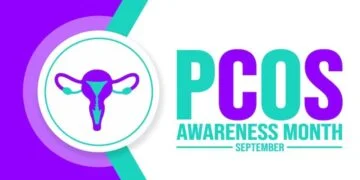Schizophrenia is a dangerous mental illness in which patients have aberrant perceptions of reality. The illness can include hallucinations, delusions, and profoundly disordered thinking and behavior, which can make it difficult to function on a daily basis. The sickness, on the other hand, is extremely rare among children under the age of 12. However, among medium to late adolescents, those aged 13 and up, a dramatic increase in schizophrenia symptoms has been seen.
Teenage prevalence The condition affects over 25% of 13 to 18-year-olds worldwide, which is a big amount. We also see a large percentage of youngsters suffering from schizophrenia in our country. It’s difficult to determine if the true number is rising or falling, but there’s no doubt that public knowledge of such mental diseases has grown, and stigma and prejudices have faded. The number of reported instances has increased dramatically in the last 5 to 10 years.
Then there are certain bodily issues to be aware of. Changes in appetite may be possible in order to lose weight and improve appearance. These are a handful of the symptoms that can be misinterpreted and go misdiagnosed. If the diagnosis is delayed, the sickness will progress to a point where it will be difficult to treat at a later stage. Is there a link between video games and schizophrenia?
I don’t think there’s any evidence that increased use of technology, gaming, or video games is linked to an increase in the prevalence or incidence of schizophrenia in teenagers. So far, no such relationship has been documented, and no such association has been seen. Are psychotropic medications available without a prescription?

Although psychotropic medications are not meant to be offered over-the-counter, there was a period when you could go to any chemist in India and receive whatever pharmaceutical you wanted. However, restrictions have tightened in recent years, and pharmacists, particularly in larger cities, have become more cautious. Almost all of my patients who have attempted to obtain such medications from a pharmacy have been advised to obtain a prescription. However, there are enough patients who would have sought me for therapy two to five years ago who still have old prescriptions. When you ask them what happened to the treatment, they say it is still ongoing. So, your friendly neighbourhood chemist is more than willing to comply, which is unfortunate but a terrible fact of India.










































